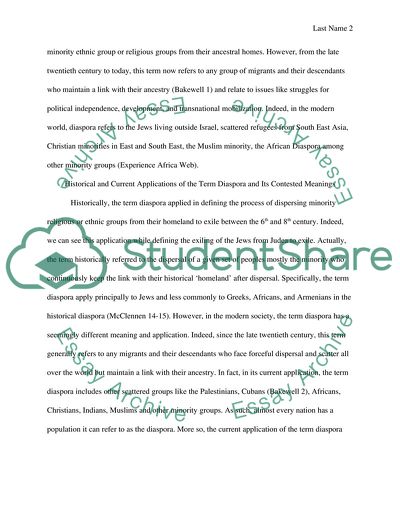Cite this document
(Etymology and Historical Roots of the Term Diaspora Paper, n.d.)
Etymology and Historical Roots of the Term Diaspora Paper. Retrieved from https://studentshare.org/social-science/1787991-diaspora
Etymology and Historical Roots of the Term Diaspora Paper. Retrieved from https://studentshare.org/social-science/1787991-diaspora
(Etymology and Historical Roots of the Term Diaspora Paper)
Etymology and Historical Roots of the Term Diaspora Paper. https://studentshare.org/social-science/1787991-diaspora.
Etymology and Historical Roots of the Term Diaspora Paper. https://studentshare.org/social-science/1787991-diaspora.
“Etymology and Historical Roots of the Term Diaspora Paper”, n.d. https://studentshare.org/social-science/1787991-diaspora.


